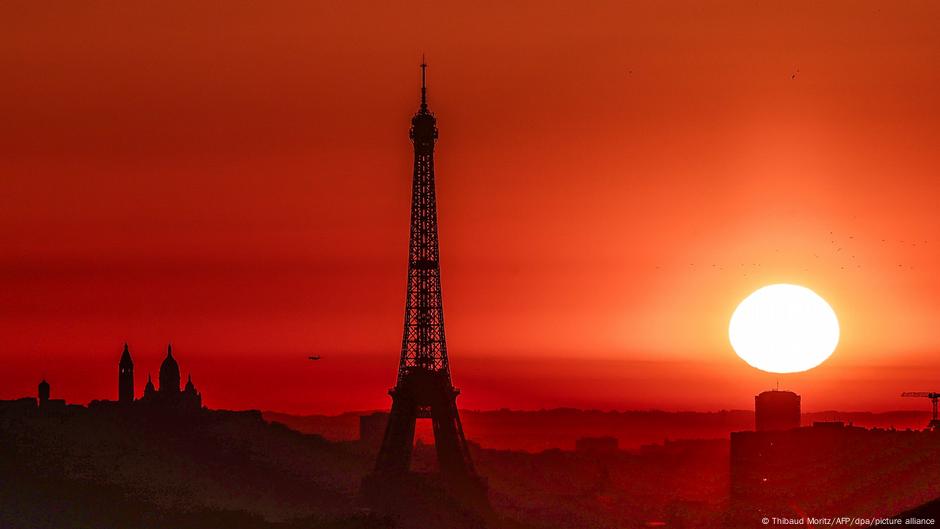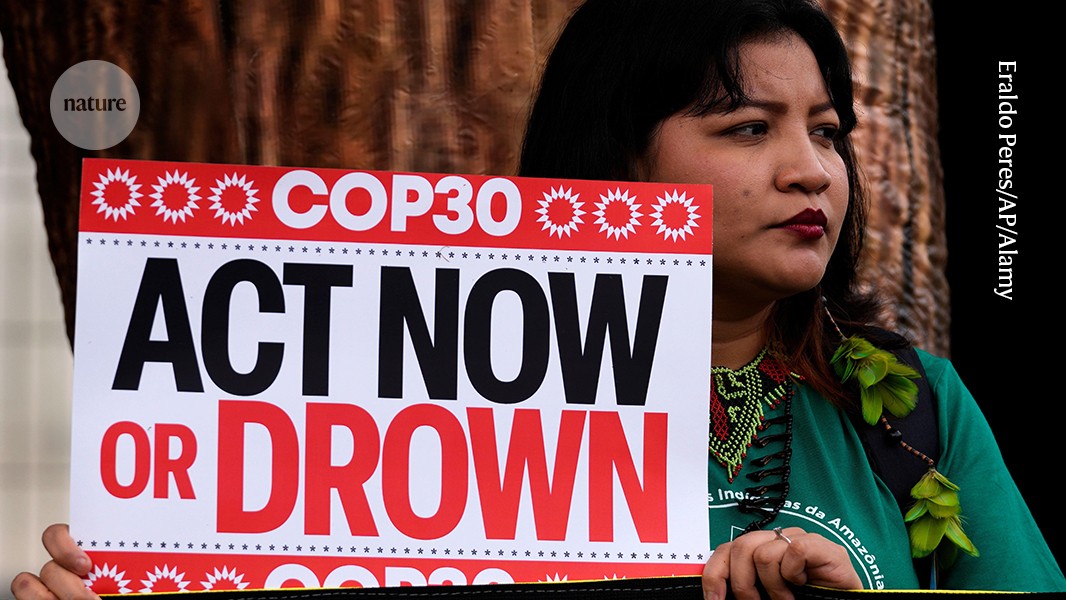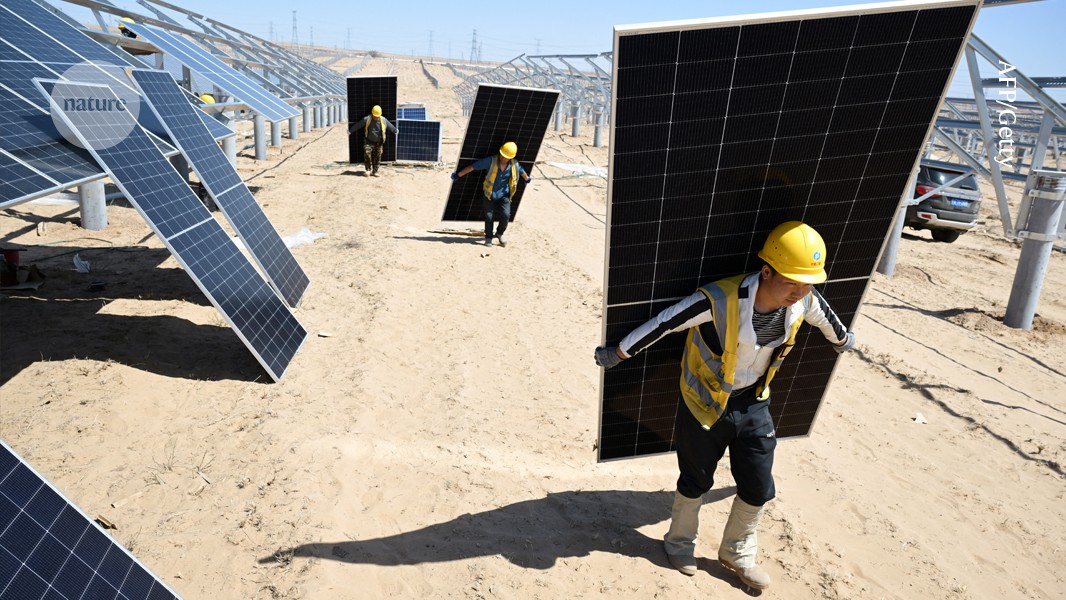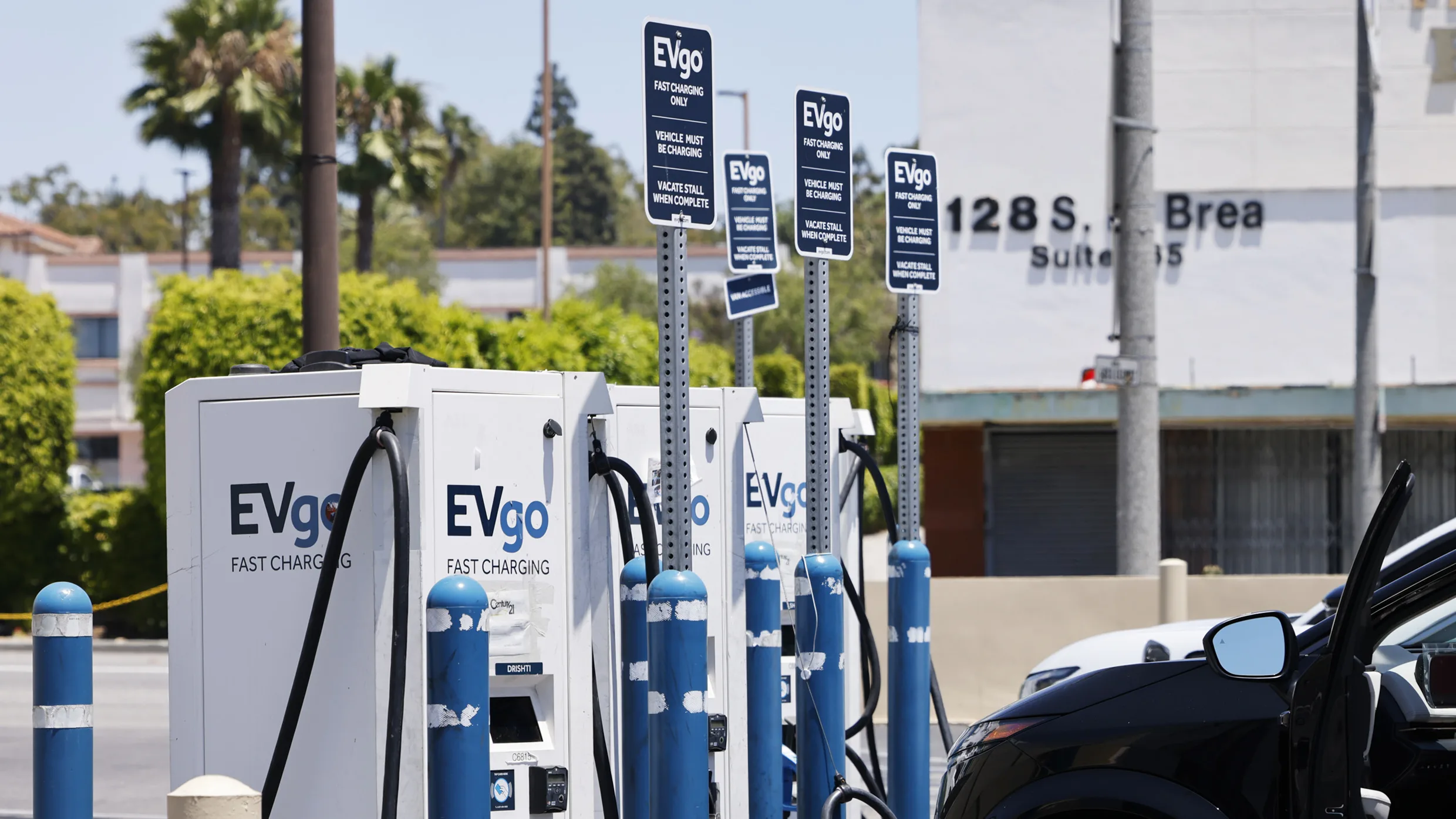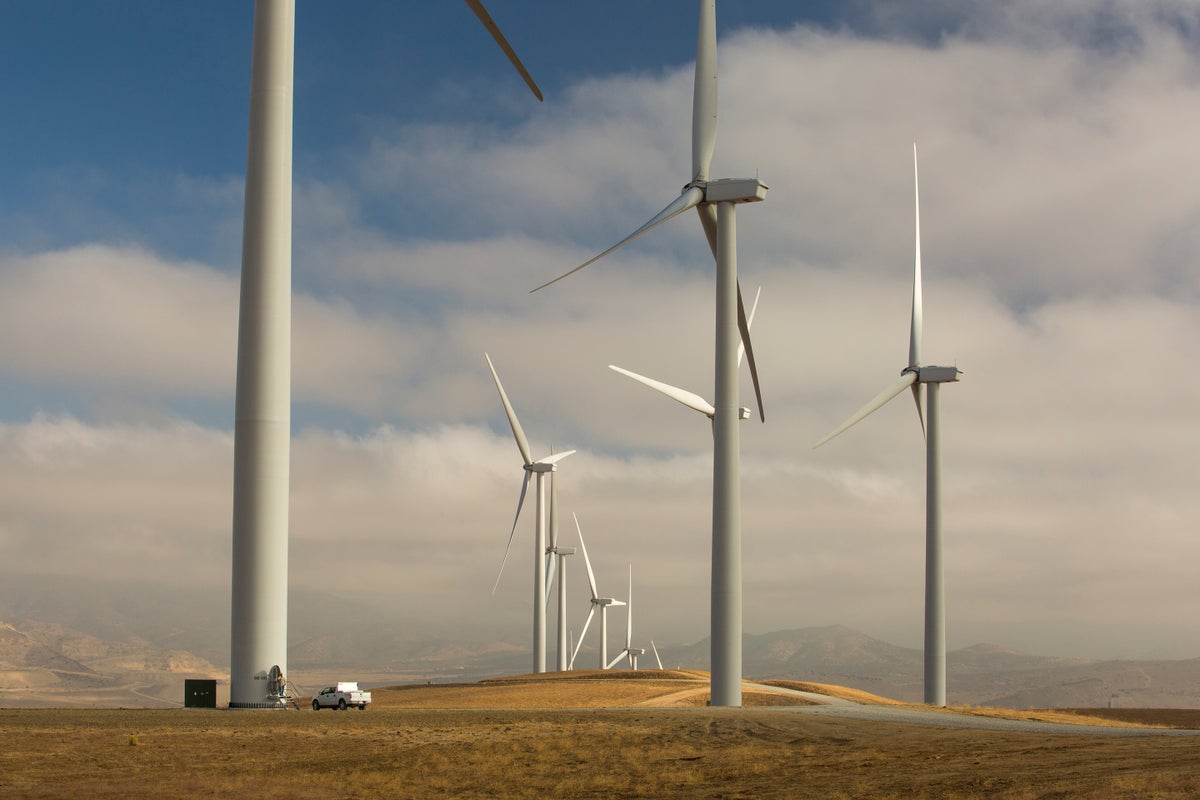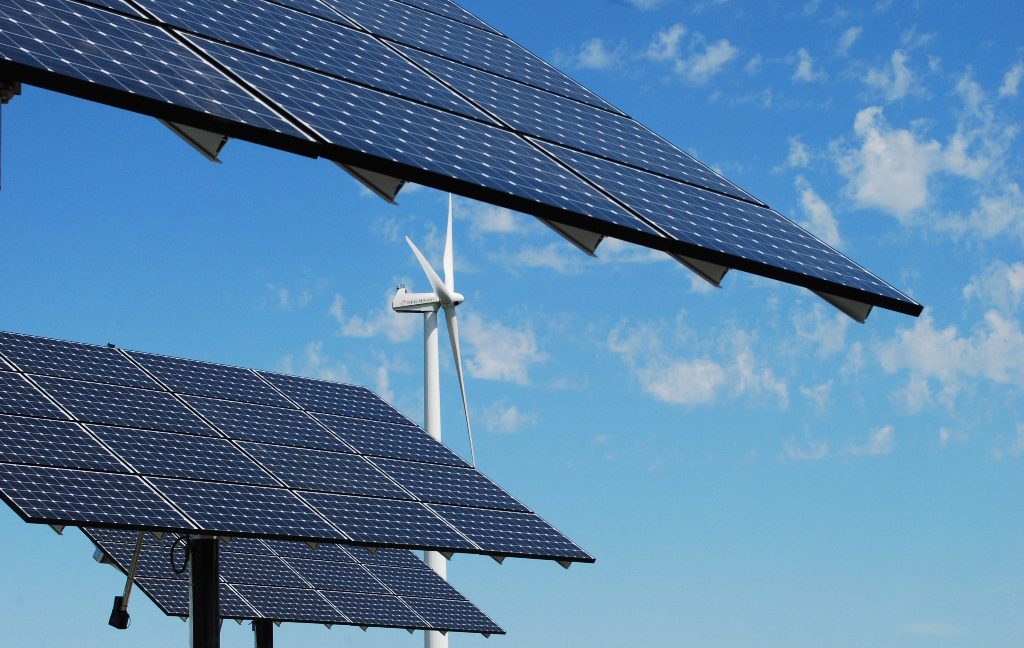fromTruthout
1 day agoTrump EPA Plan Would Restrict Public's Right to Know About Climate Pollution
The data, which the EPA's Greenhouse Gas Reporting Program has been collecting since 2011, is essential in efforts to reduce emissions and provides vital information to the public about climate pollution from the largest U.S. polluters. However, the Trump EPA has proposed to put an end to greenhouse gas reporting by major polluters. This move is consistent with the Trump administration's intent to make climate denial an official U.S. policy and restricts the public from the right to know.
Environment

